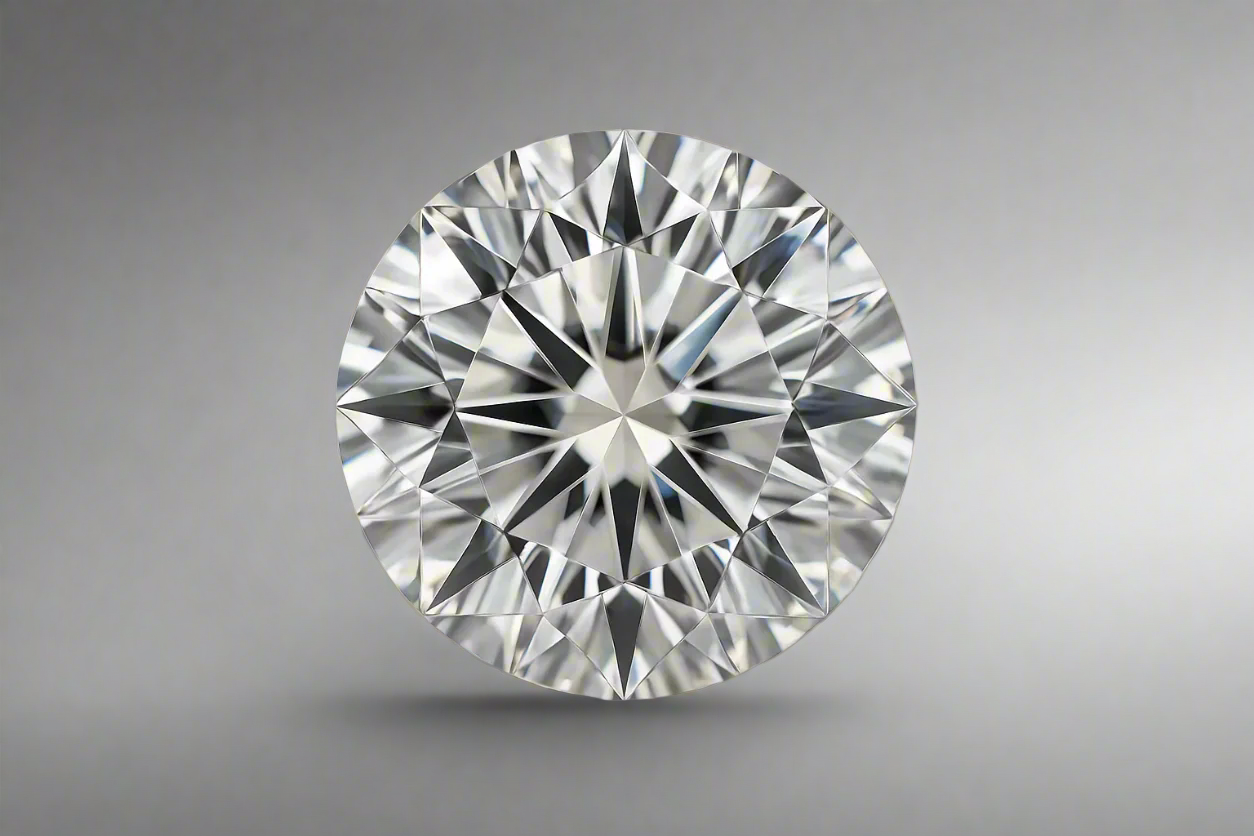Offer
Provide additional details about the offer you're running.

Natural Diamonds
Natural diamonds are formed deep within the Earth’s mantle, typically at depths of 150 to 200 kilometers, where temperatures exceed 1,000°C. They originate from carbon-rich materials subjected to extreme heat and pressure over billions of years. These diamonds are eventually transported to the Earth's surface by volcanic eruptions, which create pipe-like geological formations known as kimberlites, the primary source of natural diamond deposits.
(Note the Kimberley Process ensures responsible trade representing 99.8% of all diamond production worldwide)
Pros:
Rarity: As these diamonds are formed over billions of years, they are considered to be rarer and carry a historical value to many.
Traditional Symbolism: Many view natural diamonds as a timeless symbol of love, commitment and status.
Established Market: Supported by a long-standing, well-established global market with trusted vendors and infrastructure.
Lab Diamonds
Lab-grown diamonds are created using two primary methods: High Pressure-High Temperature (HPHT) and Chemical Vapor Deposition (CVD).
The HPHT method replicates the extreme conditions under which natural diamonds form deep within the Earth. In this process, a small diamond seed is placed in a chamber and exposed to temperatures ranging from 1,300 to 1,600°C and intense pressure, causing carbon to crystallize around the seed just as it would in nature.
The CVD method, on the other hand, is a more modern and controlled approach. It involves placing a diamond seed in a chamber filled with carbon-rich gases, such as methane. These gases are then ionized, breaking them down into individual carbon atoms. The carbon is deposited layer by layer onto the seed, gradually growing the diamond. CVD requires significantly lower heat and pressure than HPHT, making it a more energy-efficient and scalable process.
Pros:
Cost: Lab Diamonds cost less than natural diamonds of the same size, cut, clarity, and color.
Environmentally Friendly: Lab Diamonds require less land and water disruption than traditional mining. While also producing fewer carbon emissions.
Customization: Labs can create rare or ideal conditions making it easier to find a high-quality or fancy colored diamond.
Transparency: With lab diamonds you get a clear record of origin, manufacturing process, and environmental impact.
So, what is better for you?
Ultimately, the better choice between lab-grown and natural diamonds depends on your values and priorities. If you're looking for a more budget-friendly and environmentally conscious option without compromising on beauty or quality, lab-grown diamonds are a smart, modern alternative.
But if rarity long-term resale value, and the allure of something formed over billions of years matter more to you, a natural diamond might hold more sentimental appeal.
Either way, you're still getting a stunning, genuine diamond just with different stories behind them.